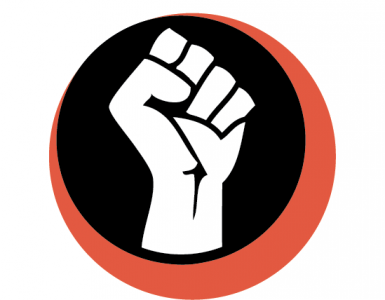How do groups raise money, how do they support themselves, and how do they organize the fundamental logistics that underpin any long-term struggle?
In a nutshell: “Amateurs study strategy, professionals study logistics”; we must ensure our movements are adequately supplied and funded if our tactics and strategy are to accomplish anything; some movements ignore logistics in favour of flashy action and suffer the consequences.
| In this chapter: | |
| Vietnamese Logistics – Vietnamese resisters fight an American invasion by building a resilient supply system; then the resistance uses the invaders’ overstuffed logistical chain against them. (p. 483) | |
| The Non-Profit Industrial Complex – Funding is important, but money from foundations can twist movements, divide organizers from their community base, and undermine radical politics; in some cases, that was the intent all along. (p. 489) | |
| Funding Resistance Groups – Practical suggestions on how resistance groups can fund themselves without being trapped by the “Non-Profit Industrial Complex.” (p. 494) | |
| The Blockade of the Thorscape – An attempt to blockade an illegal uranium shipment from Apartheid South Africa goes awry when logistics are ignored. (p. 510) | |
| Logistics for Revolutionaries – Revolutionary movements need more than just money; a discussion of how movements can meet their supply needs for organizing and action. (p. 512) | |
Movements and groups in this chapter:
Featured: Vietnamese Anti-Colonial Movements, Anti-Apartheid Movements. Discussed: George Jackson Brigade, Sandinistas, PAIGC, Greek Democratic Army (mid-Century anti-Fascists), Farabundo Martí National Liberation Front (FMLN). Mentioned: Montgomery Bus Boycott, Mau Mau, OCAP, One Big Union, Industrial Workers of the World, Naxalites, Black Liberation Army, Landless Rural Workers Movement, Greek Anarchists, French Maquis, Cheyenne Dog Soldiers, Irish Republican Brotherhood.






